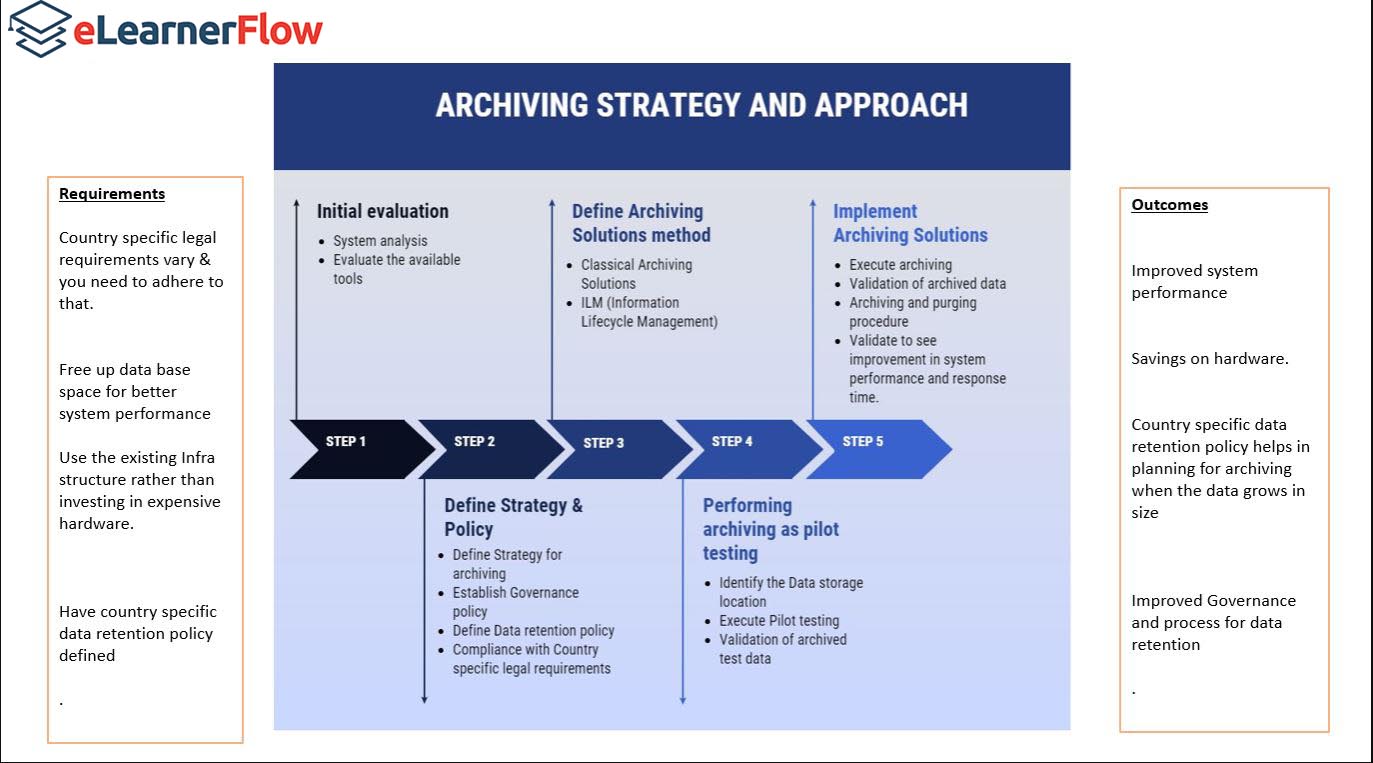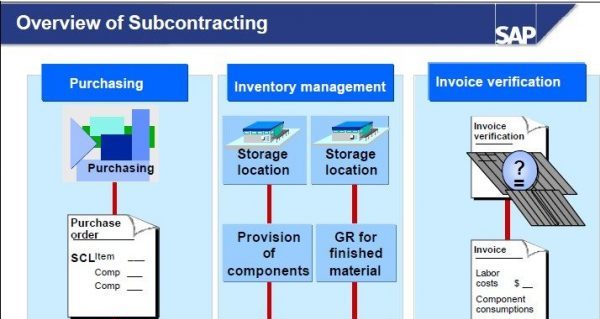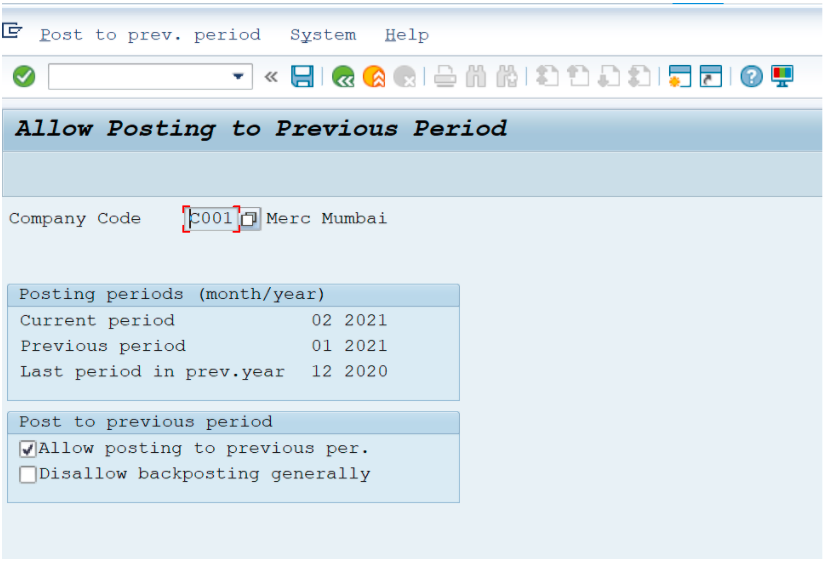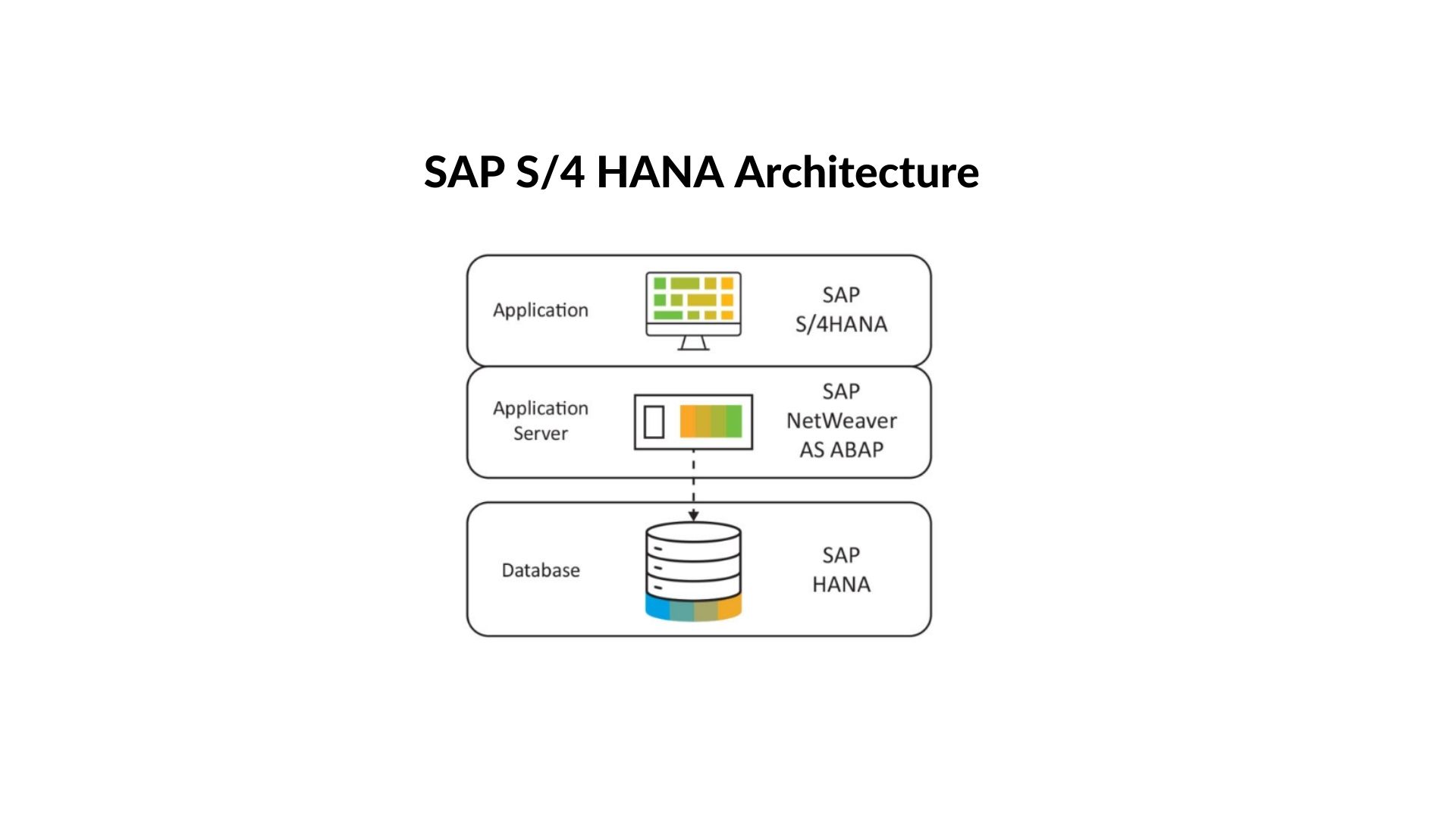MM Subcontracting is one of the manufacturing strategies by which a company decides to outsource some or all of its production operations of a product to a vendor. For example say Finished or Semi-finished product material E needs to be manufactured by a Company ABC Inc. Due to shortage of capacity or lack of manufacturing capability or cost benefits the company has decided to subcontract the manufacturing of the material E. Company ABC Inc enters into an agreement with Vendor called the Subcontracting vendor to manufacture the finished or semi-finished part for certain agreed price. The raw materials or sub components are supplied to the Subcontracting vendor by the company ABC along with a Subcontracting Purchase order (PO). The purchase order has details of the finished component and the cost per unit and the total cost for the labor charges. Once the manufacturing is completed the Subcontractor sends the finished or semi-finished parts to the company ABC along with a delivery challan with reference to the Subcontracting PO no. The vendor then sends an invoice to the Company for the labor charges. Based on the agreed payment terms or as mentioned in the PO, payments are made to the vendor after processing the invoice.
Materials A, B, C and D (say constitute the Bill of Material (BOM) of material E), are delivered to the subcontracting vendor by company ABC. Vendor uses these materials A, B, C, D and manufactures the finished product E, then ships the material E to the Company ABC. This process is called MM Subcontracting.
There are several variations of MM Subcontracting process. There are minor variations to the subcontracting and some of the scenarios are listed below.
- Company ABC ships all the components to the Subcontractor, for e.g. say material A, B C and D are shipped directly to the Subcontractor’s location. Subcontractor manufactures finished part E using the components. The finished part is then shipped to the Company ABC. This is a standard subcontracting process.
- Company ABC ships all the components except one to the Subcontractor, for e.g. say material A, B and C are shipped directly. However, for material D Company ABC raises a PO on another supplier and asks the supplier to ship the Material D directly to the Subcontractor’s location so that the Subcontractor can manufacture the finished part E. The process by which D was supplied is called drop ship. The rest of the process is the same.
- Company ABC ships all the components except one to the Subcontractor, for e.g. say material A, B and C are shipped directly. However, for material D Company ABC has an agreement with the Subcontractor to source directly and manufacture the finished part E. In this case the Subcontractor will charge for material D at an agreed price along with the labor charges for manufacturing material E from company ABC.
- Let us understand yet another Subcontracting process in a Pharma Company. The process followed is the same as mentioned in serial 1 but the Subcontractor doesn’t have the direct License to manufacture the product. This process is referred to as Loan License process.
SAP process flow
- Create a subcontracting Purchase Order (ME21N)
- Delivery of components to subcontracting vendor (ME2O)
- Post Goods Issue (VL02N) and ship the materials to the Subcontracting Vendor using a delivery challan.
- Post Goods Receipt (MIGO) on receipt of the finished product E from the Subcontractor
- Logistics Invoice Verification (MIRO) – Invoice details are entered into SAP system after receiving from the invoice from the vendor.
For more details on the configuration steps, you can join the SAP MM training module offered by Learner flow.






